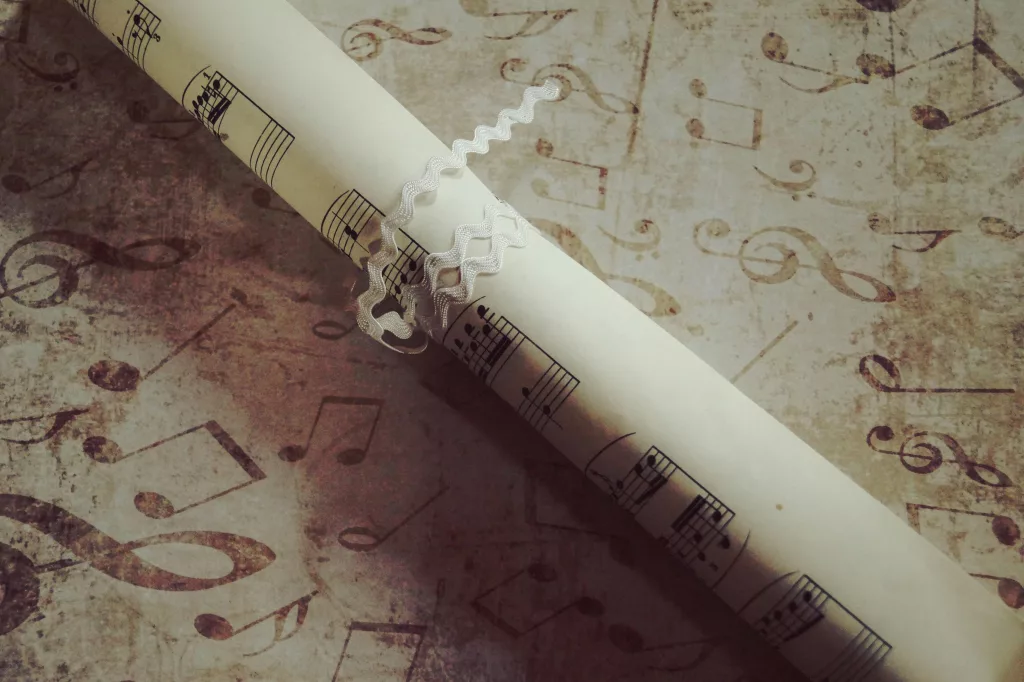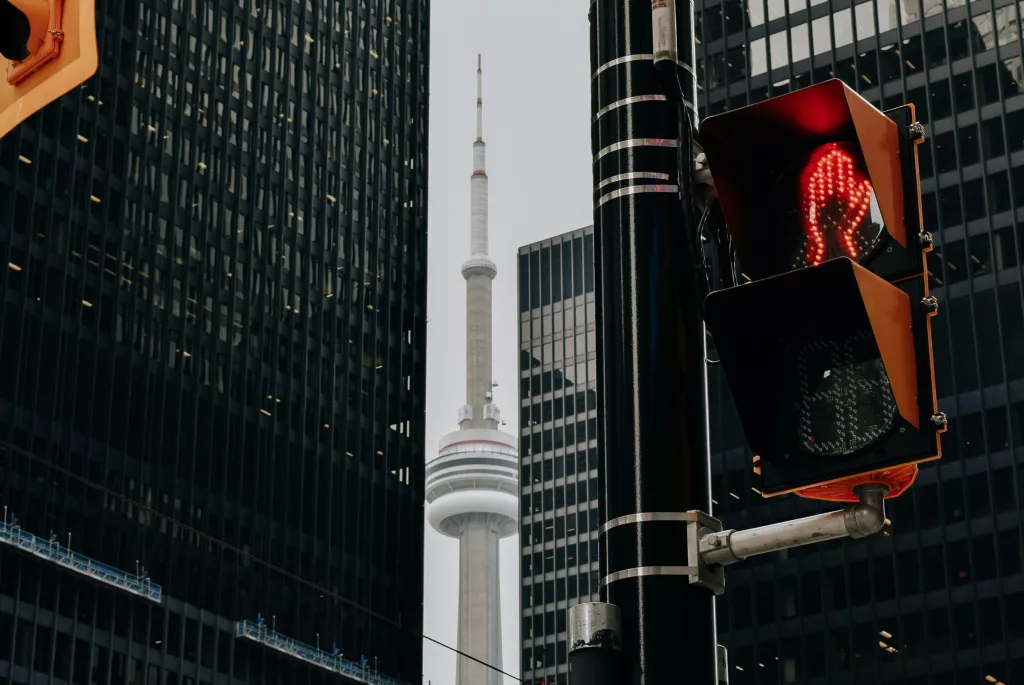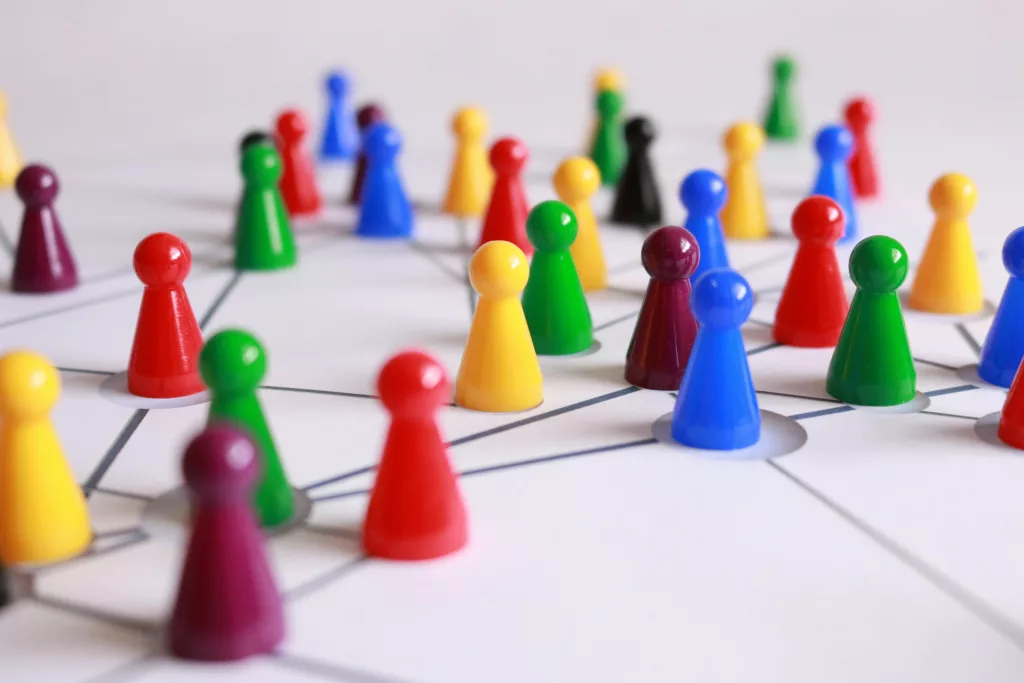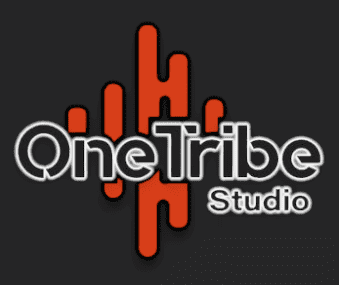The Complex Workings of Copyright


The music industry is a complex ecosystem where artistic creation mixes with legal aspects. This gives rise to what is commonly called copyright.
These rights, although essential to protect creators, are often unknown to the general public.
This article therefore provides an in-depth examination of how copyright works in the music industry.
The Basics of Copyright
Copyrights are a set of legal rights granted to creators to protect their intellectual works.
In the musical context, these works encompass not only sound recordings, but also musical compositions, lyrics, and even arrangements.
The main purpose of copyright is to provide adequate protection to artists.
This allows them to control the use and dissemination of their creations.
Copyright in Sound Recordings
Performing artists and producers generally own rights to sound recordings.
Performers benefit from neighboring rights, which grants them rights to their performances.
Producers, for their part, have rights related to the reproduction, distribution and public communication of the recordings.
Copyright on Musical Compositions
Rights related to musical compositions generally include reproduction, distribution and public performance.
The composers, lyricists and publishers own these rights.
Reproduction refers to the physical or digital duplication of the composition, distribution refers to making it available to the public, and public performance includes live broadcasts, public performances, and even online broadcasts.


Historical Evolution of Copyright in Music
The history of copyright in music dates back several centuries, but their formalization and legal recognition have undergone key milestones in recent decades.
Before the modern era, protection of musical creations often relied on royal privileges and private contracts.
However, the need for more universal and systematic protection emerged with the advent of printing.
The Berne Convention and the Internationalization of Copyright
The Berne Convention, adopted in 1886, marked a major turning point in the history of copyright.
This international convention established common standards for the protection of literary and artistic works, including music, on a global scale.
It introduced the principle of automatic protection upon creation of the work, eliminating the need for formal registrations.
Copyright: The Copyright Act of 1976 in the United States
In the United States, the Copyright Act of 1976 was a major reform. It consolidated copyright laws and extended protection to sound recordings.
Before this reform, only copyright on compositions was recognized, leaving performing artists without protection.
The Copyright Act also introduced the concept of fair use. This defines the circumstances in which the use of a work without permission can be considered acceptable.


The Performing Artists
The performing artists hold neighboring rights to their performances.
This includes the exclusive right to authorize or prohibit the reproduction and distribution of their recordings, as well as the right to fair remuneration during certain uses.
The Producers
The producers own rights to the sound recordings. They may authorize the reproduction, distribution and public broadcast of the recordings.
The issue of neighboring rights of performing artists can sometimes create tension, as both parties have distinct interests in the same work.
Composers and Lyricists
The composers and lyricists hold rights to the musical compositions.
This includes mechanical reproduction, distribution, public performance and, increasingly, synchronization with visual media such as films, advertisements and video games.
Collecting societies, like authors’ societies, play a crucial role in the collection and distribution of royalties for these rights.
The Editors
Music publishers often act as intermediaries between composers and music users.
They own rights to the reproduction and distribution of the compositions, as well as to the collection of royalties.
Some artists choose to self-publish, while others work with publishers to maximize the distribution of their works.


Piracy and Illegal Dissemination
Piracy and illegal distribution of music online have significantly affected the income of artists and rights holders.
Streaming platforms have provided partial solutions, but the question of fair remuneration persists.
Copyright: New Economic Models
The evolution of economic models, with the rise of streaming, has changed the way artists are paid.
The challenge lies in creating equitable structures that ensure creators get afair share of the revenuegenerated by their music.
Copyright Attribution and Metadata Issues
The complexity of the music industry, with a large number of players and transactions, has given rise to problems with attribution and metadata.
It is not uncommon for artists to not receive the compensation they are due due to incorrect or missing information.
Adaptation to New Technological Realities
Faced with these challenges, the music industry is constantly seeking to adapt.
Technological solutions, such as blockchain, are being explored to create transparent and immutable copyright registries.
Smart contracts could also simplify rights management and ensure automated revenue distribution.
Music Licensing and Copyright Management
At the heart of the modern music ecosystem are licenses, legal agreements that define the terms of use of musical works.
Music licensing plays a central role in copyright management, allowing creators to monetize their works while providing users with the ability to legally access music.
Types of Licenses
- Mechanical License: This license concerns the mechanical reproduction of musical compositions, whether in physical form (CD, vinyl) or digital (downloads, streaming). Streaming services, for example, obtain mechanical licenses to broadcast songs to their subscribers.
- Performance License: Performance licenses cover public performances of a work, whether in concerts, on radio, on television or on streaming platforms. Radio stations and concert venues must obtain performance licenses to broadcast music.
- Synchronization License: This license authorizes the use of a musical work in synchronization with images, such as in films, advertisements, television shows or video games. Rights holders often negotiate sync licenses to ensure appropriate use of their music in visual contexts.
Collective Management Companies
Collective management societies, such as SACEM in France or BMI in the United States, play a crucial role in the management of rights of author.
These organizations collect royalties from music users and redistribute them to creators based on rights held.
This simplifies the process for users while ensuring that artists receive fair compensation.


Rights Management Platforms
In the digital age, specialized platforms are emerging to simplify copyright management.
These services allow artists to monitor usage of their music, track royalties, and sometimes even negotiate licenses directly.
They offer increased transparency and greater autonomy to creators.
Challenges in License Management
However, licensing is not without its challenges.
The complexity of contracts, the variety of license types and the emergence of new distribution models sometimes make it difficult to understand and effectively implement music licensing.
Disputes can arise in the event of non-compliance with license terms, emphasizing the importance of clear communication and fair negotiations.
Conclusion
Copyrights in the music industry are an essential part of the creative landscape.
As the industry continues to evolve, finding a balance between protecting creators and providing audiences with access to music remains a constant challenge.
Technological innovation, combined with thoughtful legislative reforms, could shape a future where music thrives in an equitable and sustainable ecosystem.
Ultimately, copyright is not just a legal issue, but the very foundation of a vibrant and thriving music industry.
